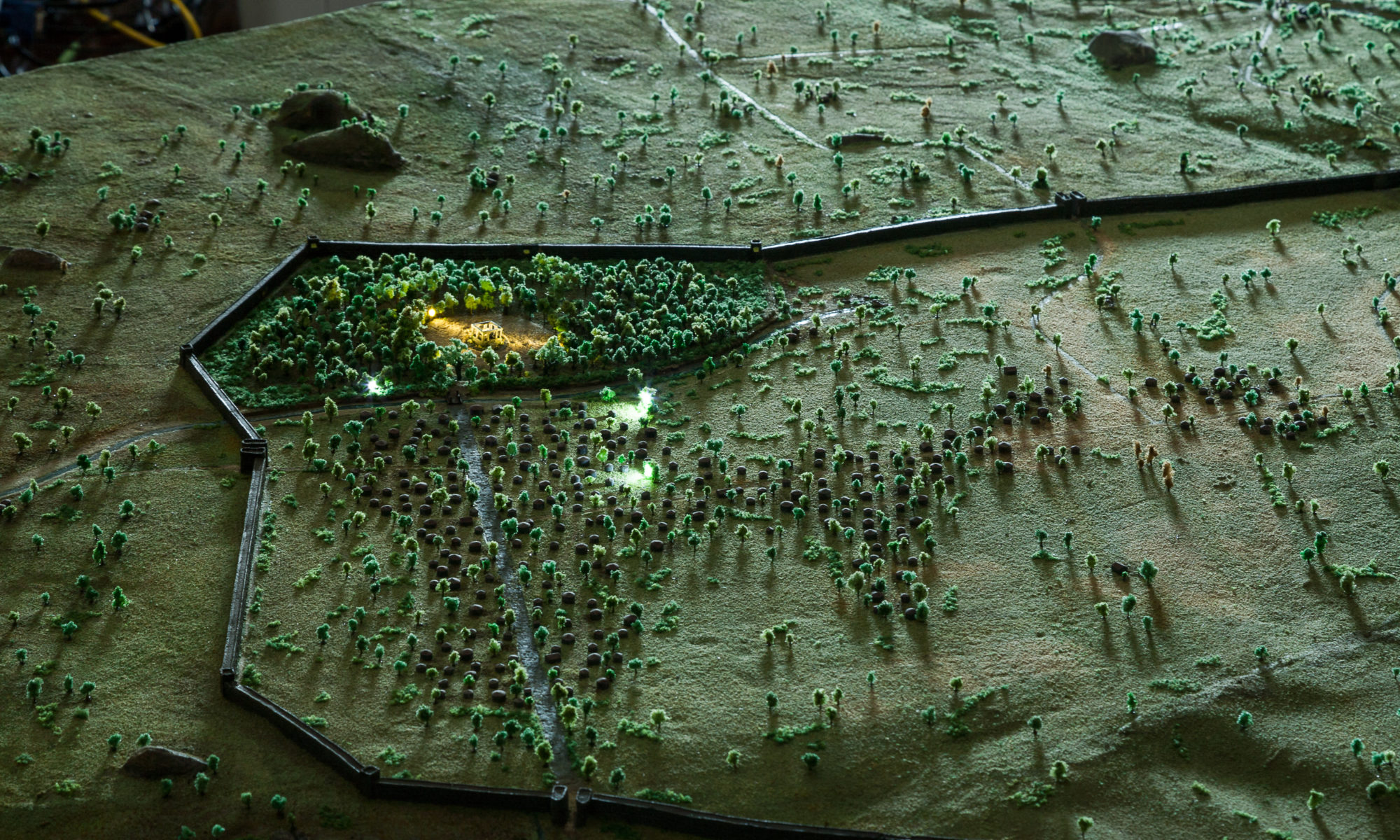LA VALLE DELLE MUSE
PERCORSO SACRO – INIZIATICO

La Valle delle Muse si trova a 3 KM dal centro abitato di Adrano e ne costituisce l’area sacra fuori le mura. La Toponomastica, le fonti letterarie (Virgilio, Eneide, l. IX), l’epigrafe incisa sul duro basalto di una fonte, di cui sono state effettuate alcune traduzioni, lasciano presumere che l’area fosse stata utilizzata dai sacerdoti come luogo di culto in onore dei due gemelli divini, detti “Palici”, figli del dio Adrano; è anche lecito supporre che fosse sede di un percorso iniziatico per i neofiti. In questo probabile percorso iniziatico, si possono individuare quattro tappe o stazioni con le ipotetiche interpretazioni sotto riportate.
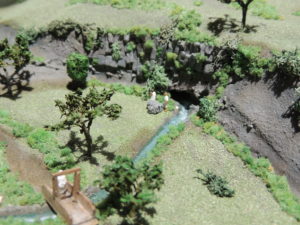
La prima stazione, in cui scorreva una fonte d’acqua detta “scura”, consisteva in un luogo di meditazione. La fonte scaturiva dalla base di una roccia lavica alta una decina di metri e si raccoglieva in un laghetto molto profondo, tanto da conferire all’acqua il caratteristico colore scuro. Essa simboleggiava la vita profana che il neofita doveva lasciarsi alle spalle. La seconda stazione riguardava un’altra fonte, detta di “acqua chiara”, dove il neofita doveva meditare ancora, ascoltando il gorgoglio delle acque che scaturivano dalla base di una roccia lavica e cogliendo nel loro “chiaccherio” la voce del divino, così come avveniva nel santuario di Dodona dell’antica Grecia, dove i sacerdoti Salii interpretavano la volontà divina ascoltando il rumore delle foglie di una quercia mosse dal vento. Le medesime caratteristiche si riscontrano nel tempio di Giove presso Terracina (Lazio).
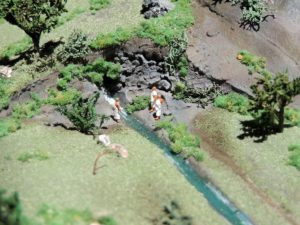
Qui, furono create delle adeguate aperture attraverso cui il vento, sibilando, riproduceva la voce del divino opportunamente interpretata dai sacerdoti. Nella terza tappa, il neofita si recava presso gli scranni delle Muse, nove sedili intagliati in una grande roccia di arenaria, dove nove sacerdoti, ispirandosi a una delle nove Muse, avrebbero atteso e interrogato il futuro discepolo circa il messaggio divino colto nel gorgoglio delle acque. Se le risposte dell’aspirante allievo erano considerate idonee dai nove sacerdoti, il neofita era introdotto presso l’ara degli dei Palici, che rappresentava l’ultima tappa, dov’era celebrato un sacrificio di ringraziamento ai due gemelli divini. L’ara era costituita da due vasche comunicanti, intagliate nella grande roccia di arenaria che, come un’isola, emergeva dal greto del fiume.
THE VALLEY OF THE MUSEs
SACRED INITIATION
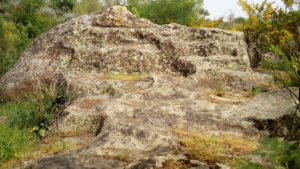
The valley of the Muses is 3 kilometers from the residential center of Adrano and represents the sacred area outside the walls. The place name, the literary sources (Virgil, Aeneid, l. IX) the epigraph carved into the hard basalt which has been translated, suggest that the area was used by the priests as a place of worship in honor of the divine twins, called “Palici”, children of the god Adrano. It is assumed that it was the initiation place for neophytes.
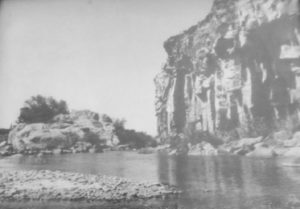
In this initiation procedure there were four stages. The first stage, where a spring of water called “dark” flows, was a place of meditation. The water sprang from the base of a lava rock ten meters tall and formed a deep lake. The lava rock gave the water its characteristic color and symbolized the profane life that the neophyte had to leave behind. The second stage concerned another spring of water, called “clear water” , where the neophyte had to meditate again, listening to the gurgling of the water, that came from the base of lava rock, and interpreting it as a divine voice as happened in the “Dodona” sanctuary, in Ancient Greece.
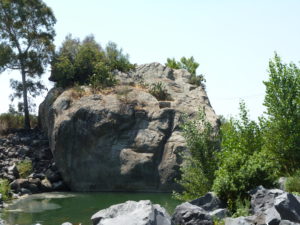
The “Salii” priests interpreted the divine will, listening to the sound of the leaves of an oak tree in the wind. The same features are in the temple of Jupiter in “Terracina” (Lazio). There were some appropriate openings through which the wind reproduced the divine voice. It was properly interpreted by the priests. In the third stage the neophyte went to the Muses benches, nine chairs carved out of a big rock of sandstone. Inspired by one of the nine Muses, nine priests waited for a divine message from the gurgling waters and questioned the future disciple. If the answers that this disciple gave were considered appropriate by the nine priests, the neophyte was taken to the altar of the gods “Palici” which represented the final stage where he was made to thank the divine twins. The altar was made of two connecting vats that cut out of the big sandstone rock which emerged from the riverbed like an island.
Francesco Branchina
